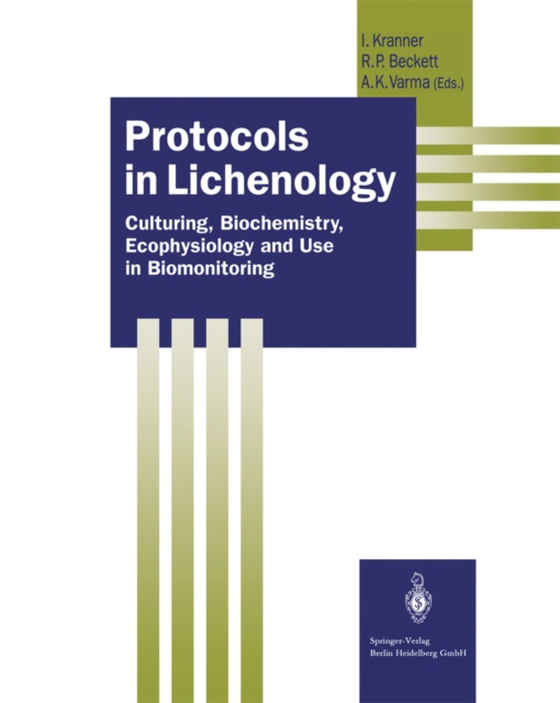
Protocols in Lichenology e-bog
2190,77 DKK
(inkl. moms 2738,46 DKK)
As an intricate association between a fungus and one or more green algae or cyanobacteria, lichens are one of the most successful examples of symbiosis. These fascinating organisms survive extreme desiccation and temperatures. They are adapted to a great variety of habitats, from deserts to intertidal zones, from tropical rain forests to the peaks of the Himalayas and to circumpolar ecosystems....
E-bog
2190,77 DKK
Forlag
Springer
Udgivet
6 december 2012
Genrer
PNC
Sprog
English
Format
pdf
Beskyttelse
LCP
ISBN
9783642563591
As an intricate association between a fungus and one or more green algae or cyanobacteria, lichens are one of the most successful examples of symbiosis. These fascinating organisms survive extreme desiccation and temperatures. They are adapted to a great variety of habitats, from deserts to intertidal zones, from tropical rain forests to the peaks of the Himalayas and to circumpolar ecosystems. Lichens are extremely efficient accumulators of atmospherically deposited pollutants, and are therefore widely used to monitor environmental pollution. Their wide range of secondary products show pharmaceutically interesting fungicidal, antibacterial and antiviral properties. Lichens are extremely difficult to culture. This manual provides well-tested tissue culture protocols, protocols for studying lichen ultrastructure, (eco)physiology, primary and secondary compounds, and for using lichens as bioindicators.
 Dansk
Dansk

